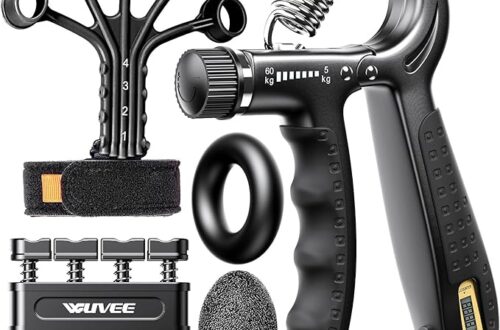Introduction
After a stroke, many patients face challenges with daily activities, including eating. Specialized spoons are designed to help stroke patients eat more independently by stabilizing food and reducing spillage.
Choosing the Right Spoon
- Weighted Spoons: Heavier than regular spoons, these help stabilize the hand.
- Adaptive Spoons: These have larger or modified handles that are easier to grip.
- Tremor-canceling Spoons: Technologically advanced spoons that actively cancel out tremors.
Features to Consider
- Non-slip Grip: Ensures the spoon stays in the hand, even with reduced grip strength.
- Swivel Design: Keeps the spoon bowl level regardless of the angle of the handle, reducing spillage.
- Adjustable Handles: Can be bent or adjusted for a more comfortable grip angle.
- Material: Choose non-toxic, dishwasher-safe materials for ease of cleaning.
Preparing to Use the Spoon
- Adjust the Spoon: If the spoon has adjustable features, set them according to the patient’s comfort and needs.
- Practice Grip: Allow the patient to practice holding the spoon to ensure a comfortable and secure grip.
Using the Spoon
- Stabilize the Arm: Support the forearm or wrist with the other hand or use a table for stability.
- Scoop Food Slowly: Start with small amounts of food to prevent spillage and build confidence.
- Use the Spoon’s Features: Let the spoon’s design (like swivel or stabilization) assist in delivering food to the mouth successfully.
- Eat at a Steady Pace: Encourage taking time between bites to manage fatigue and maintain control.
Cleaning and Maintenance
- Cleaning: Most adaptive spoons are dishwasher safe. Regularly clean the spoon to ensure hygiene.
- Check for Wear and Tear: Regularly inspect the spoon for any damage or wear that might affect its function.
Tips for Caregivers
- Be Patient: Learning to use a new tool takes time, and progress might be slow.
- Encourage Independence: Allow the patient to do as much as possible to boost their confidence and independence.
- Monitor Progress: Note any difficulties or successes to discuss with a therapist for potential adjustments.
Conclusion
A specialized spoon can significantly enhance the eating experience for stroke patients by providing them with more control and independence. It’s an important step in adapting to new life circumstances post-stroke.
Additional Resources
- Occupational Therapist Consultation: They can provide personalized advice and training.
- Support Groups: Connecting with others facing similar challenges can be very beneficial.
By following this guide, stroke patients and their caregivers can make mealtime less stressful and more enjoyable, fostering greater independence and quality of life.




